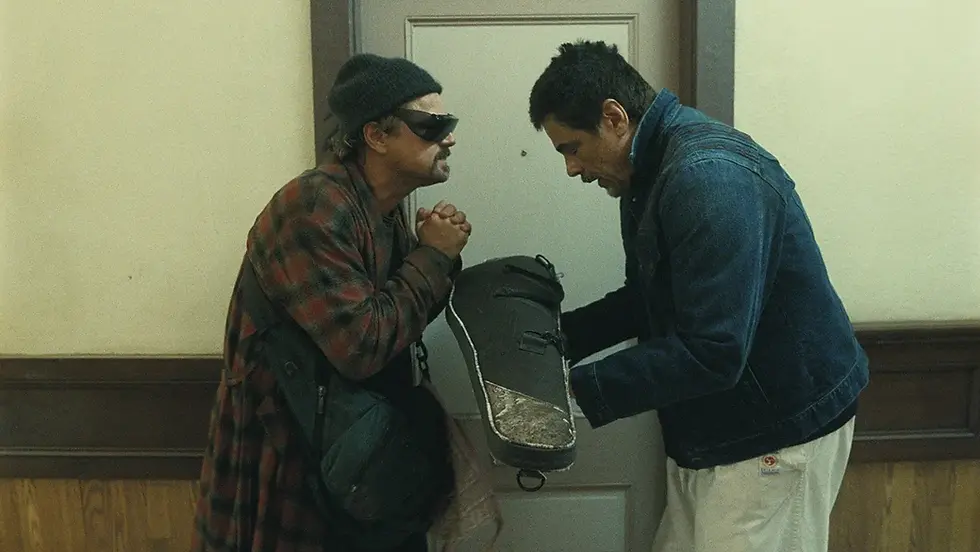When Mythology Meets Dance and Sounds
- Monica Martinez, PhD

- Apr 10, 2022
- 4 min read
Updated: May 8

I first heard of the 11th-century bronze Shíva Naṭarāja statue in 1991, while watching Power of Myth—the television series that made Campbell famous in Brazil, at least to me and others of my generation. In the book based on the 1988 PBS documentary, chapter VIII (named Masks of Eternity), Bill Moyers mentions it to Campbell, who briefly explains that Shíva's dance is the dance of the universe, since there is death and rebirth there at the same time in an eternal becoming.
Not by chance, when I went to India for the first time in 2014, I bought a small replica, which is at the entrance of my house in São Paulo. In this quarter of a century I have immersed myself in the studies of mythology, a wide scenario that was revealed to me when watching the conversations between Campbell and Moyers.
So I was very happy to have the chance to read the book The Ecstasy of Being and come across, in part 1 of the Symbolism and the Dance chapter, the same Shíva image, but with a much more in-depth explanation of it.
In it, Campbell talks about the tradition of opposites in the world mythological tradition. As it was peculiar to him, in his profound erudition, he moved with the same ease from tarot card 21, The World, to the Indian statuette, passing through the book of Genesis, Plato, and Tiresias, among others. At one point he even joked that you could continue to quote forever (which wouldn't be a bad idea, coming from him).
But then he lands on the image of Shíva, for him the most eloquent and complete symbol of all opposites. At this point, I picked my little Shíva up and began to read the book's passage while searching it for Campbell's findings. Mine was obviously a rather simple replica of the 11th century original, but still there it was, the divine foot planted on the dwarf named Not-Knowing, while the left leg was raised with the foot pointing to the right. For Campbell, the first foot planted in the earth indicated the arrival of the soul in life and the second, raised, its release. Here we come and from here, one day, we take the exit door.
I looked carefully at the piece’s hand in front of me. Or rather, four hands and two pairs of arms. The right hand, stretched out to the same side, holds a little drum that goes tick-tick-tick, signaling the time that flows in everyday life. On the opposite side, however, the left hand holds a flame that sets fire to the clock's veil of time and represents Kairos, the sacred time, and also the destruction of the known. The second right hand is flat in front of the god, suggesting, according to Campbell, a “don't be afraid” gesture. The second left hand, in a position as if it was holding a baby in front of the body, points to the raised foot, suggesting that in the end it is all an illusion or, as Campbell says, “the promise of the release”.
In my modest figurine I can't tell the difference, but Campbell says that the original Shíva´s bronze wears female earrings in the left ear and male earrings in the right—the usual representation of genders, considering the side of the body, in most traditions. In his hair there is both the crescent moon that symbolizes life and the skull that signifies its end. While everything dances in Shiva´s bronze, Campbell remembers that his face is absolutely inert, showing the immovable point of stillness within—with which, as we know, Campbell was familiar not from dancing, but from athletics in his college years.
Before moving on in his thoughts towards the dervishes, Campbell recalls that the dancing god is a symbol of the union of time and eternity. I take the figurine in my hands again. I see the dance of flames that regularly spring from the circle that surrounds Shiva and its complex symbolic conjunctions of opposites. And, as a Jungian analyst, I remember Jung and his notion of the coniunctio, the recombining of polarities such as day and night, masculine and feminine. But, also, Jung’s concept of the transcendent function, the manifestation of the energy that arises from the tension of opposites. Neither still nor in motion, so that if we were stuck in one of the polarities, we would miss its totality. However, it is precisely the union of these opposites that gives rise to a third, synthesizing element which gives life to a new perception of reality. And what comes to my mind is that, as Campbell used to say, mythology is the “song of the universe,” the whispered tune underneath the dance. The point where mythology meets both the dance and the music of the spheres.

%20BB.png)


